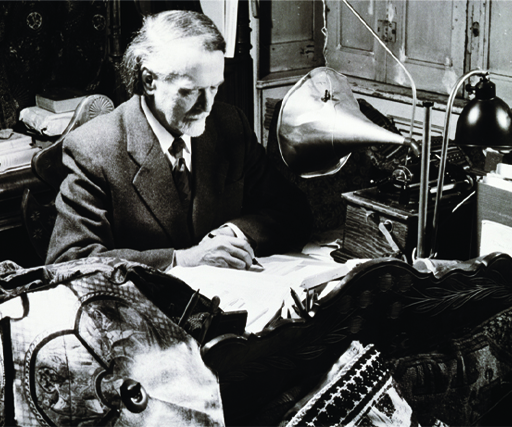Achieving close listening

Close listening make use of one of our senses – our ability to hear and process sound. As sound exists in time, it can be difficult to pin down what we are hearing – at the point at which we have processed the sound, it has passed. Establishing a comfortable listening environment can help us to achieve close listening by allowing us to concentrate on the sounds we hear. One way we can achieve this is listening without distraction by removing other senses:
- Auditory distractions: find a quiet place to undertake close listening; use headphones to enable you to listen closely to the sounds you hear and distinguish between them.
- Visual distractions: close your eyes to enable you to focus on what you are hearing.
Close listening can be defined as listening with a purpose to understand how a piece of music ‘works’. This contrasts with our experience of music in other contexts, such as hearing music piped into a shop. Though we might actively listen to music in a concert hall, close listening is an analytical skill and takes active listening one step further. Close listening is a skill which requires practise and takes time to perfect. If a musical element is proving particularly illusive, take a break and return with ‘fresh ears’ to avoid frustration.
The convention of referring to track timings in minutes and seconds, for instance 04:33 for 4 minutes and 33 seconds, will be used throughout this course as concise way to guide your listening. You may find this convention referred to as a timestamp or time code.
You can now go to Week 1 [Tip: hold Ctrl and click a link to open it in a new tab. (Hide tip)] .
